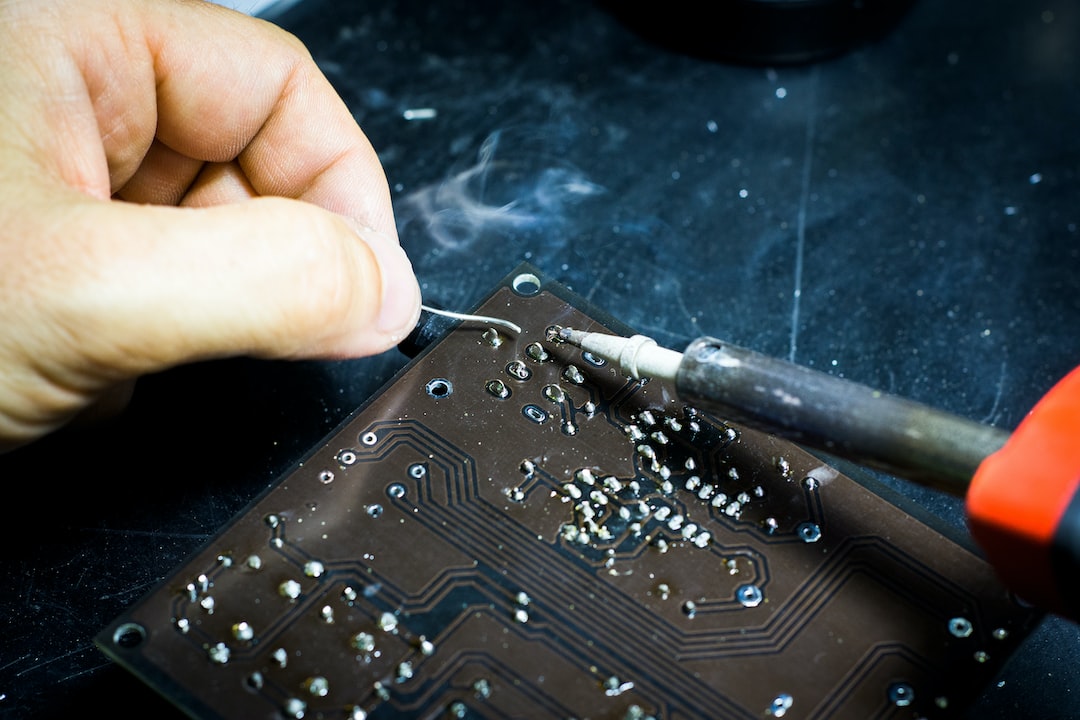Technology continues to evolve at an astounding rate, and one area where this is particularly evident is in the field of robotics. Robotics is revolutionizing the manufacturing process in ways that were once only imaginable in science fiction films. As companies strive for more efficient, cost-effective, and sustainable ways to produce goods, the integration of robotics has become paramount.
One of the key benefits of robotics in manufacturing is increased efficiency and productivity. Robots are capable of performing tasks at a speed and accuracy that surpasses human capabilities. They can work 24/7 without fatigue, reducing downtime and increasing output. This not only translates to faster production but also ensures consistent quality, as robots can perform tasks with precision and without errors.
Another advantage of robotics is improved safety in the manufacturing environment. Certain tasks in manufacturing involve heavy lifting, working with hazardous materials, or being in close proximity to dangerous machinery. By delegating these tasks to robots, companies can reduce workers’ exposure to potential risks and create a safer workplace. Robots are not vulnerable to accidents caused by fatigue, distraction, or human error, making them an ideal solution to minimize workplace injuries.
Moreover, robotics is helping to streamline the manufacturing process by optimizing space utilization. Traditional manufacturing setups often require large amounts of floor space due to the need for human operators or assembly lines. Robots, on the other hand, can be programmed to perform multiple tasks in compact areas, maximizing the efficiency of space utilization. This not only allows companies to save on real estate costs but also enables them to reorganize their manufacturing facilities for better workflow optimization.
Furthermore, robotics is making manufacturing processes more sustainable and environmentally friendly. With increasing concerns about climate change and the need to reduce greenhouse gas emissions, companies are actively seeking ways to minimize their carbon footprint. Robots are energy efficient and can be programmed to optimize energy usage. They can also be equipped with sensors to detect waste or malfunctions in real-time, leading to reduced material waste, lower energy consumption, and a more sustainable manufacturing process.
While the integration of robotics in manufacturing presents numerous advantages, it is important to recognize that there are also potential challenges. The initial costs for implementing robotics can be significant, and companies must carefully analyze the return on investment. Additionally, there may be resistance from employees who fear job displacement. However, it is crucial to approach the implementation of robotics as a tool that can enhance the skills of human workers rather than replace them entirely. Companies should provide training and retraining opportunities to ensure a smooth transition.
In conclusion, robotics is revolutionizing the manufacturing process by improving efficiency, safety, space utilization, and sustainability. As technology continues to advance, the integration of robotics will only become more prevalent, shaping the future of manufacturing in ways that were once unimaginable. Embracing robotics can offer companies a competitive edge, enabling them to meet the growing demands of consumers while advancing industry standards.

